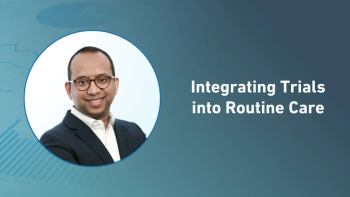
- Applied Clinical Trials-10-01-2025
- Volume 34
- Issue 4
KRI Overload: When More Isn’t Better
Key Takeaways
- Excessive KRIs can impede effective oversight, contradicting the ICH E6(R3) guideline's emphasis on proportionate monitoring.
- Studies with fewer KRIs (<15) showed higher accuracy in detecting true issues compared to those with 40+ KRIs.
To maximize the impact of signal detection, KRI frameworks should follow a few guiding principles.
Key risk indicators (KRIs) are central to risk-based quality management, enabling supervised early detection of data anomalies and risks. Yet many sponsors and contract research organizations fall into the trap of creating ever-growing lists, believing more indicators yield better oversight. The ICH E6(R3) guideline for good clinical practice, however, emphasizes proportionate monitoring—and KRI overload runs counter to this principle.
In an analysis of 934 CluePoints studies, we observed a median of 18 KRIs per study. Those with <15 KRIs produced a median of 51 signals, nearly 48% of which were true issues. By contrast, studies with 40+ KRIs generated 302 signals, but only 28% were true issues (see Figure 1).
More signals don't always mean better detection. To maximize impact, KRI frameworks should follow a few guiding principles, including:
- Prioritize critical KRIs (linked to study objectives, safety, and critical data).
- Use the study risk assessment to focus KRIs on critical study risk oversight.
- Keep it manageable (15-19 well-chosen KRIs for clear oversight).
- Eliminate weak KRIs (bringing low value or false positives).
- Set clear thresholds and review regularly (ensure KRIs remain actionable and relevant at milestones).
KRIs are powerful only when they remain focused. Lean, well-selected KRIs sharpen oversight, accelerate action, and align with ICH E6(R3)’s call for proportionate, risk-based quality management.
Sylviane de Viron is Data and Knowledge Manager, Melissa Thomas is Central Monitor Consultant, and Frédéric Blais, PhD, is Director, Central Monitoring; all with CluePoints
Articles in this issue
about 2 months ago
Applied Clinical Trials: October 2025 Interactive Digital Editionabout 2 months ago
In With the NewNewsletter
Stay current in clinical research with Applied Clinical Trials, providing expert insights, regulatory updates, and practical strategies for successful clinical trial design and execution.





.png)



.png)



.png)
.png)
